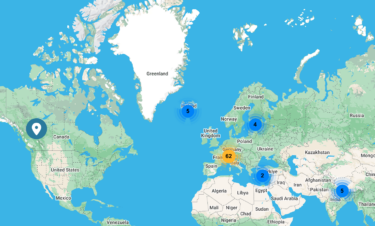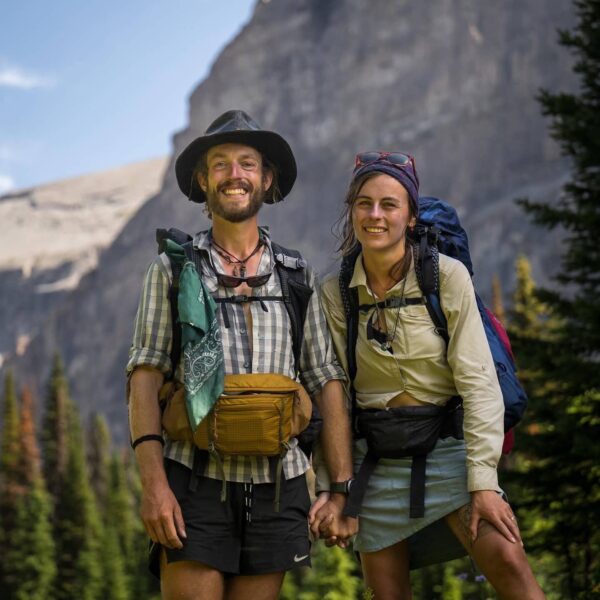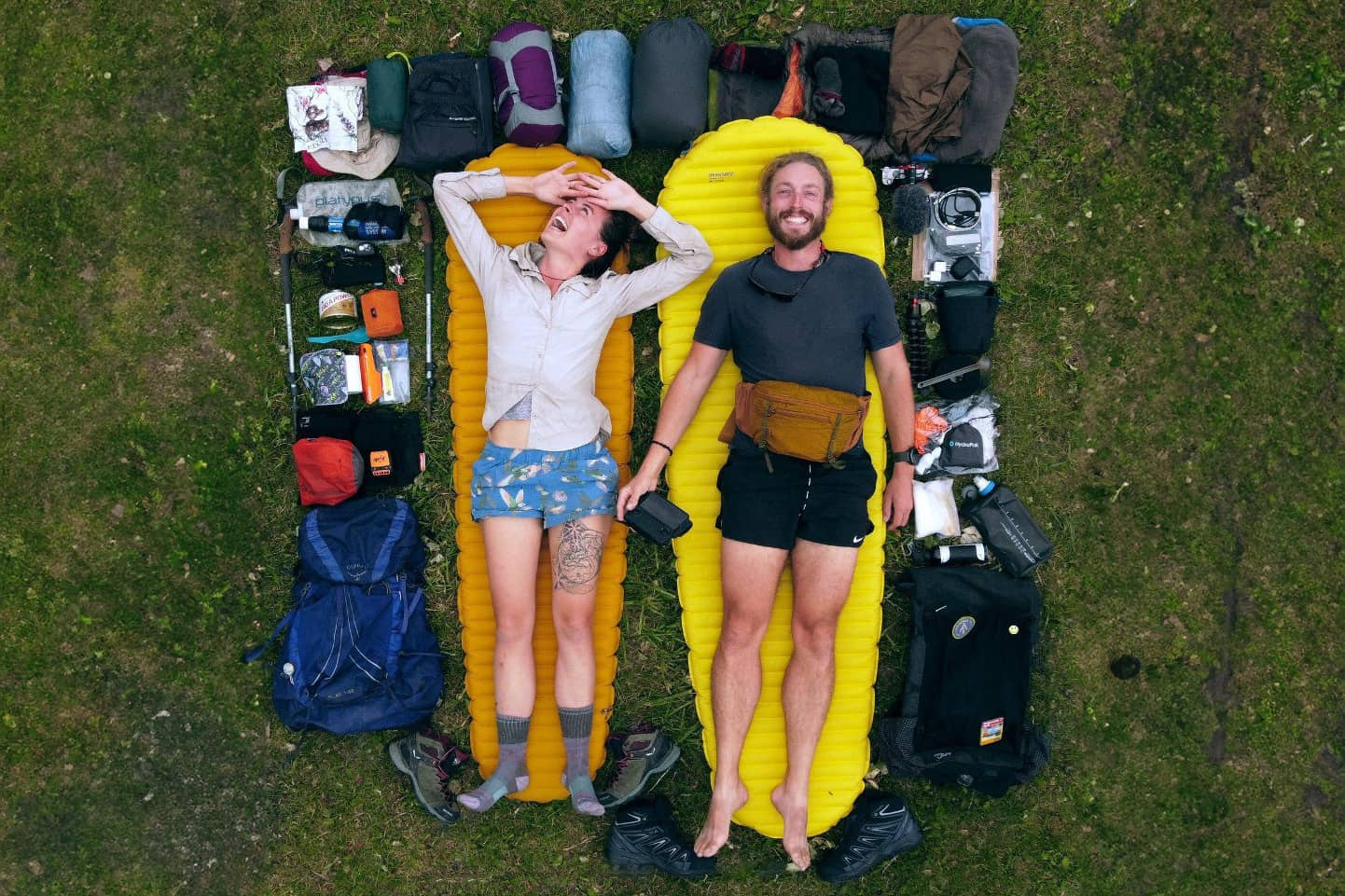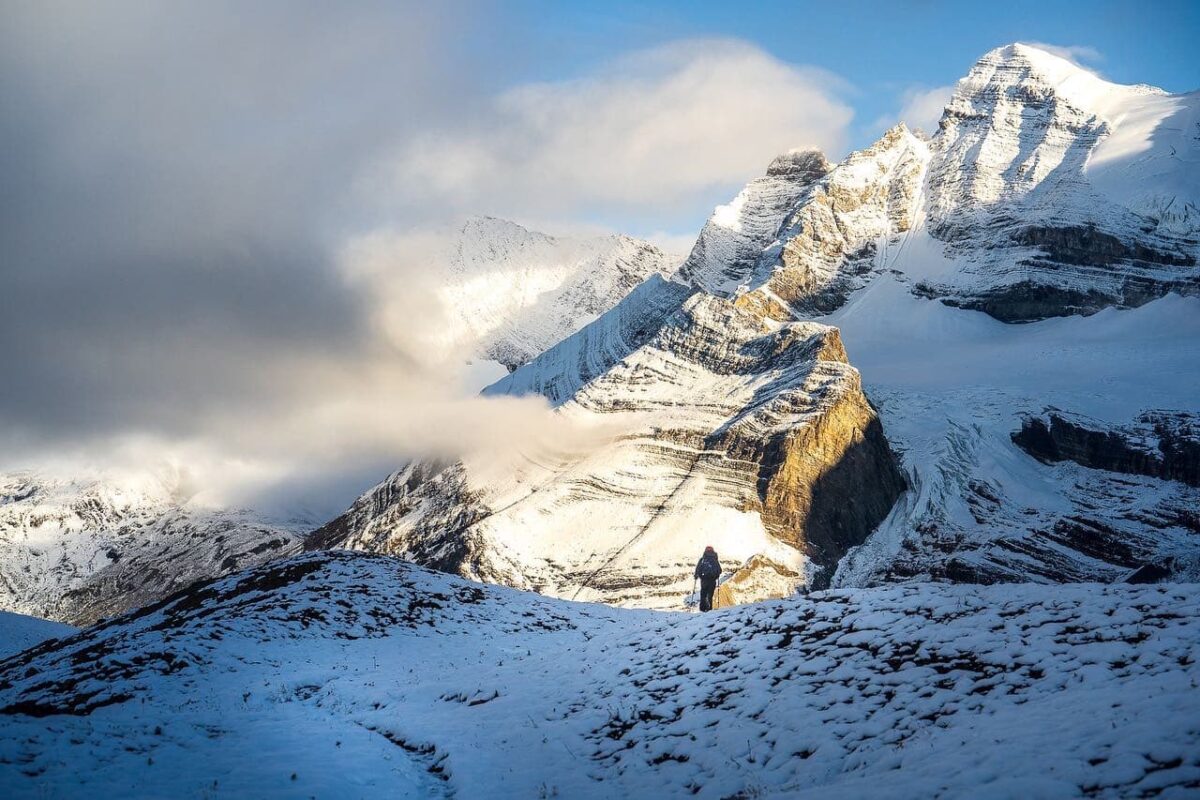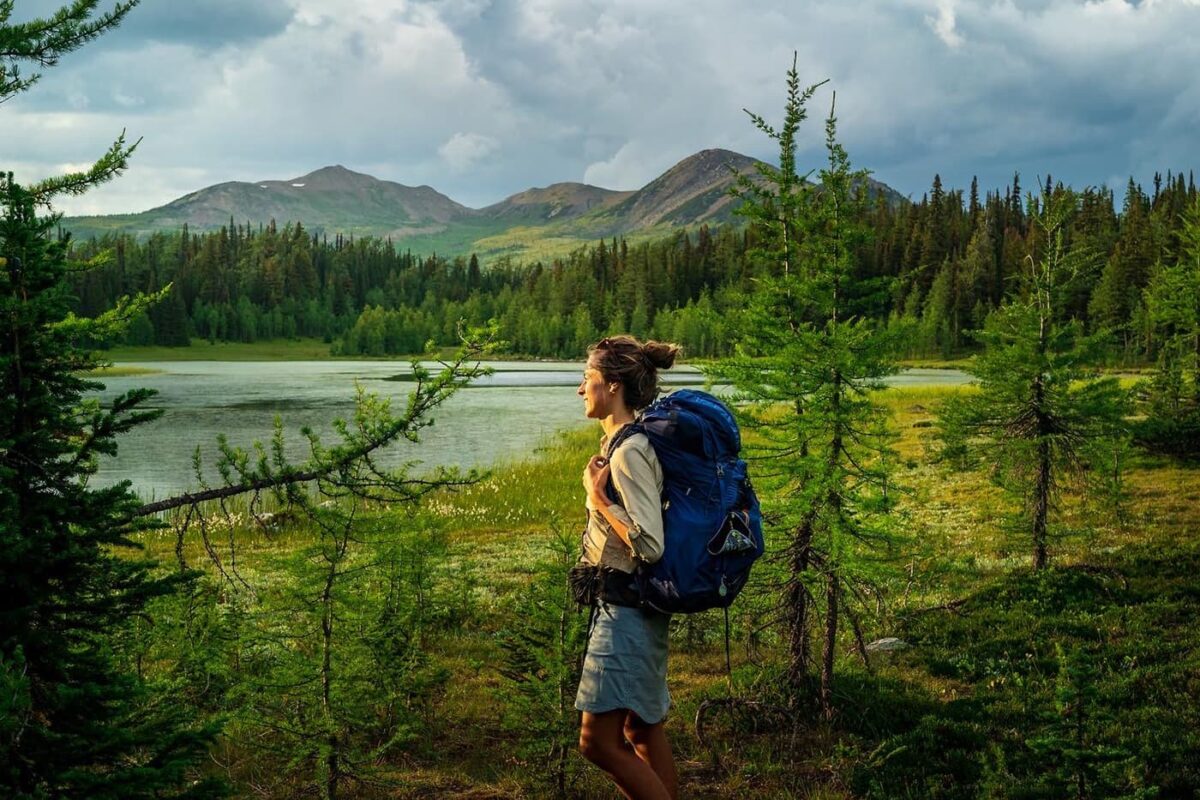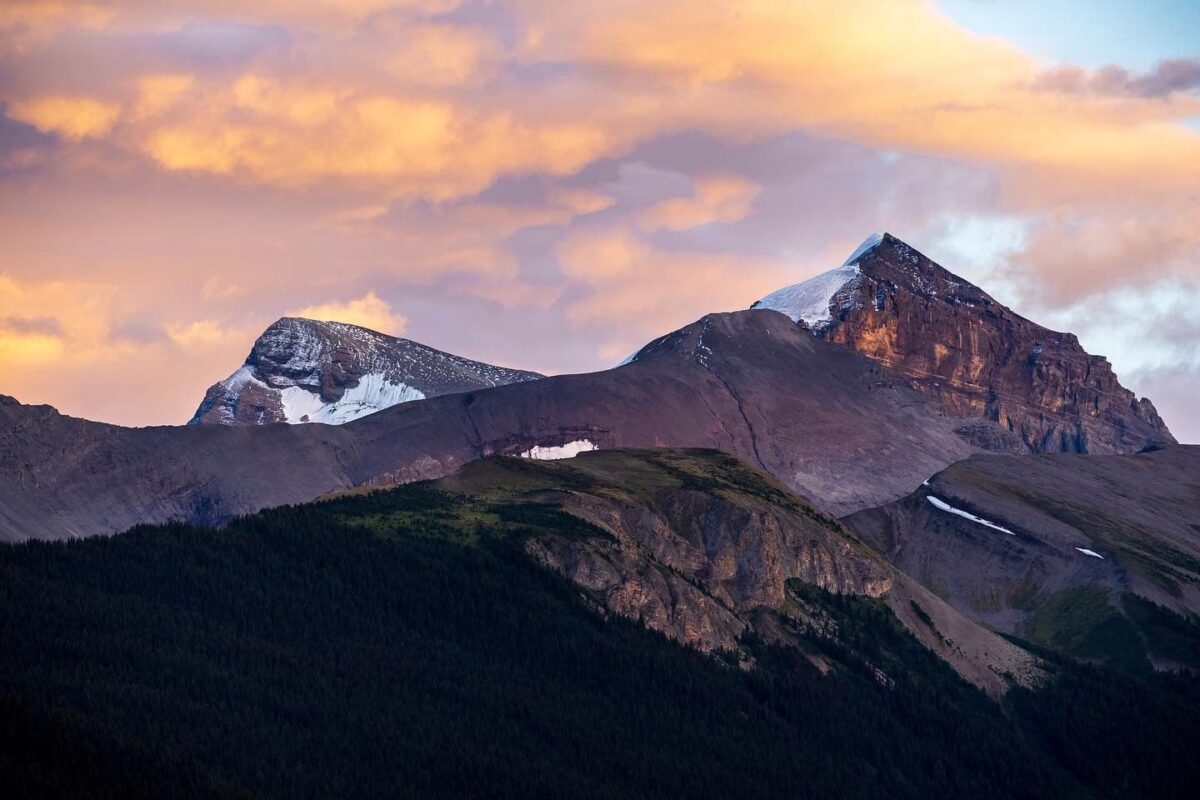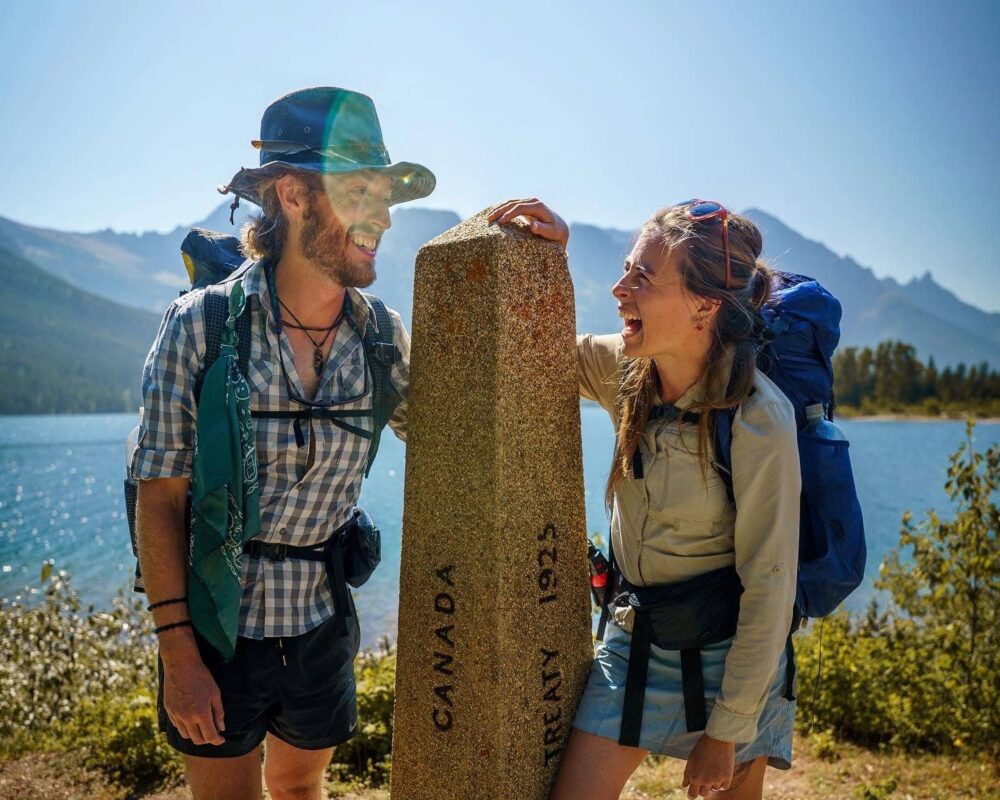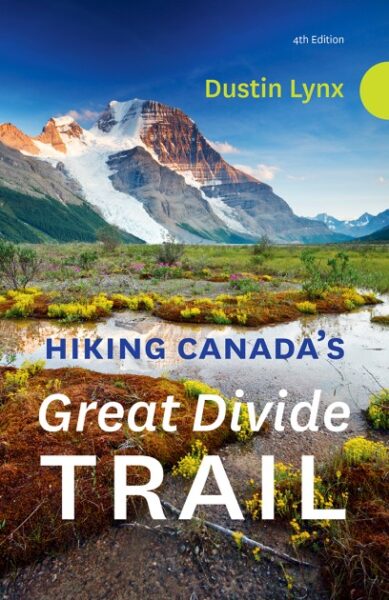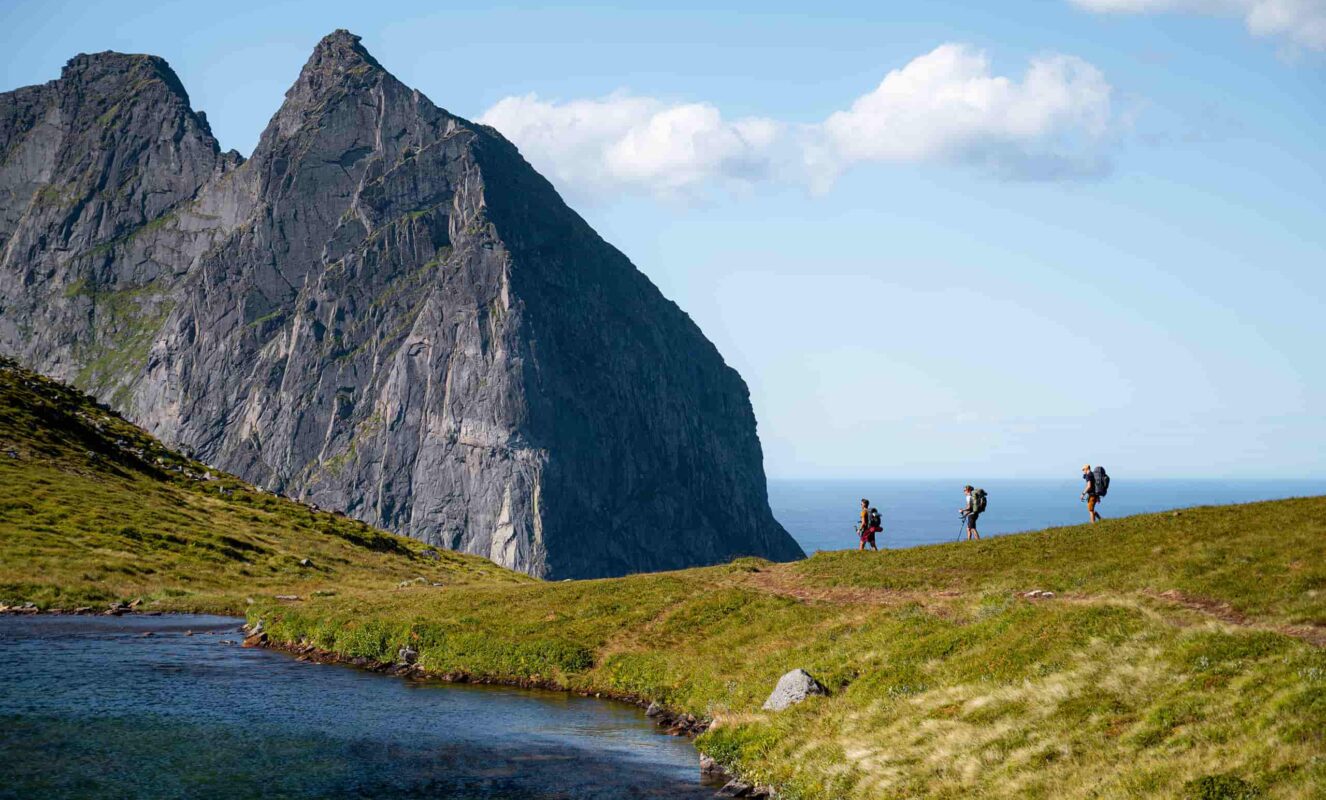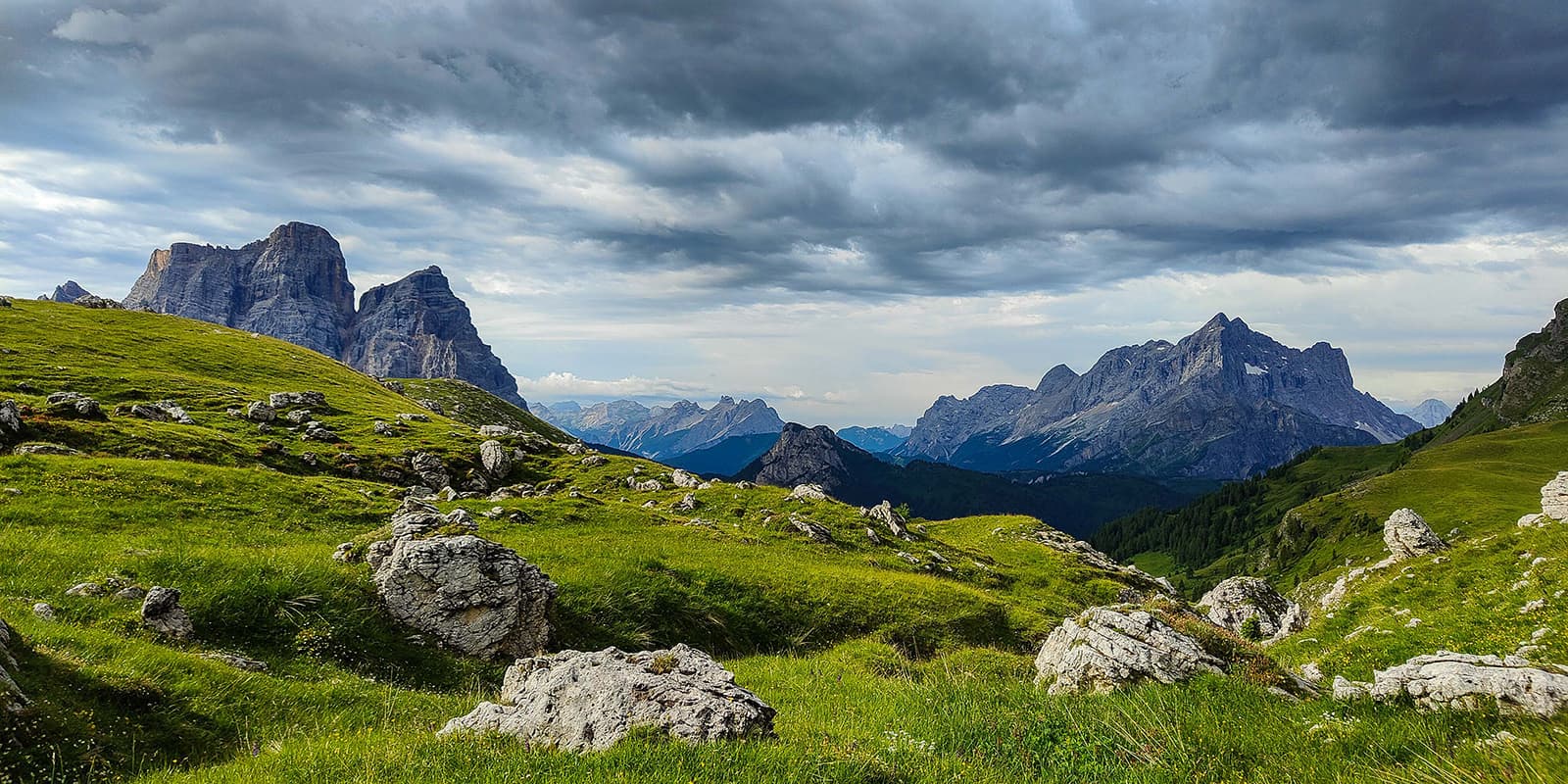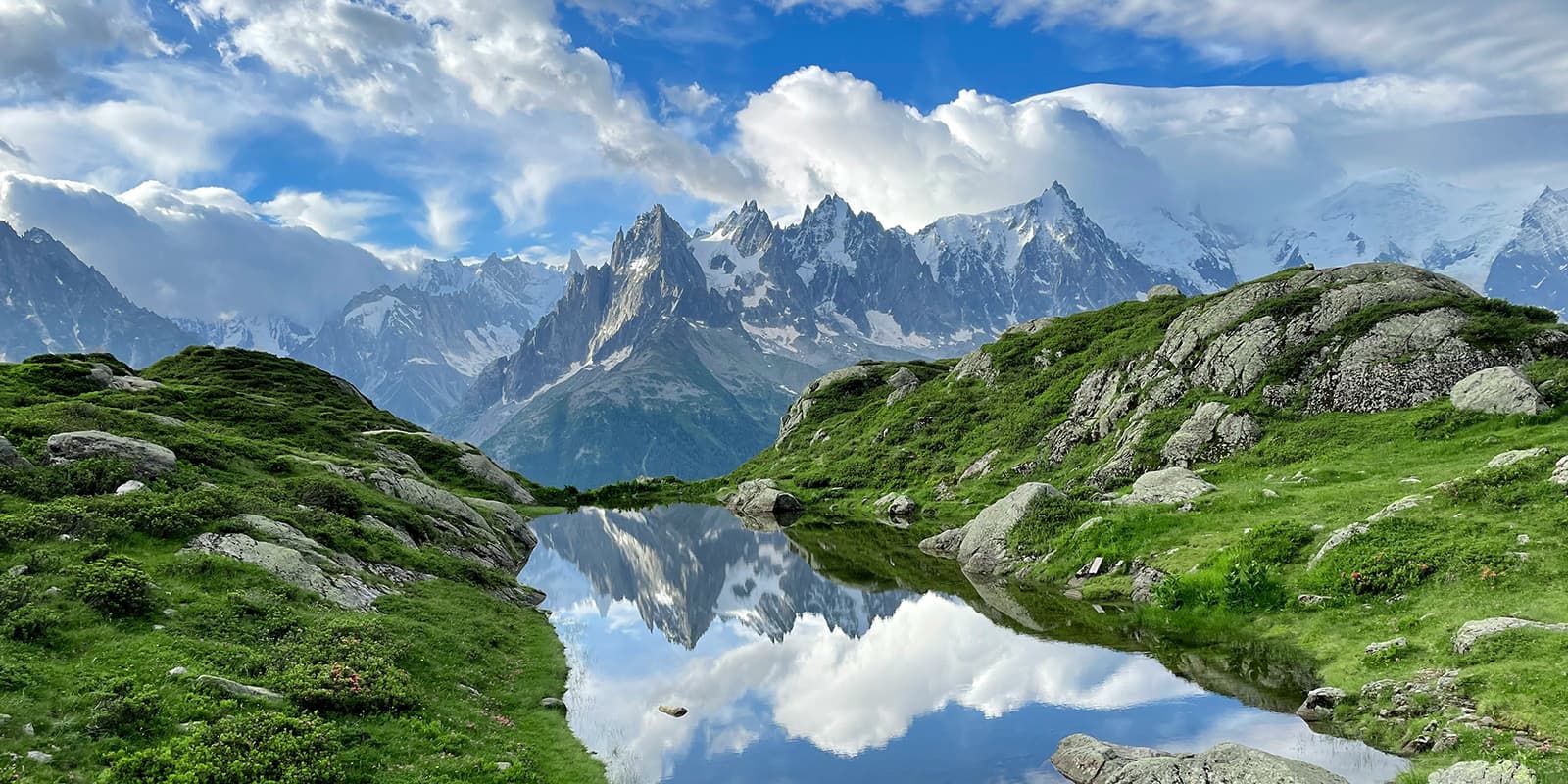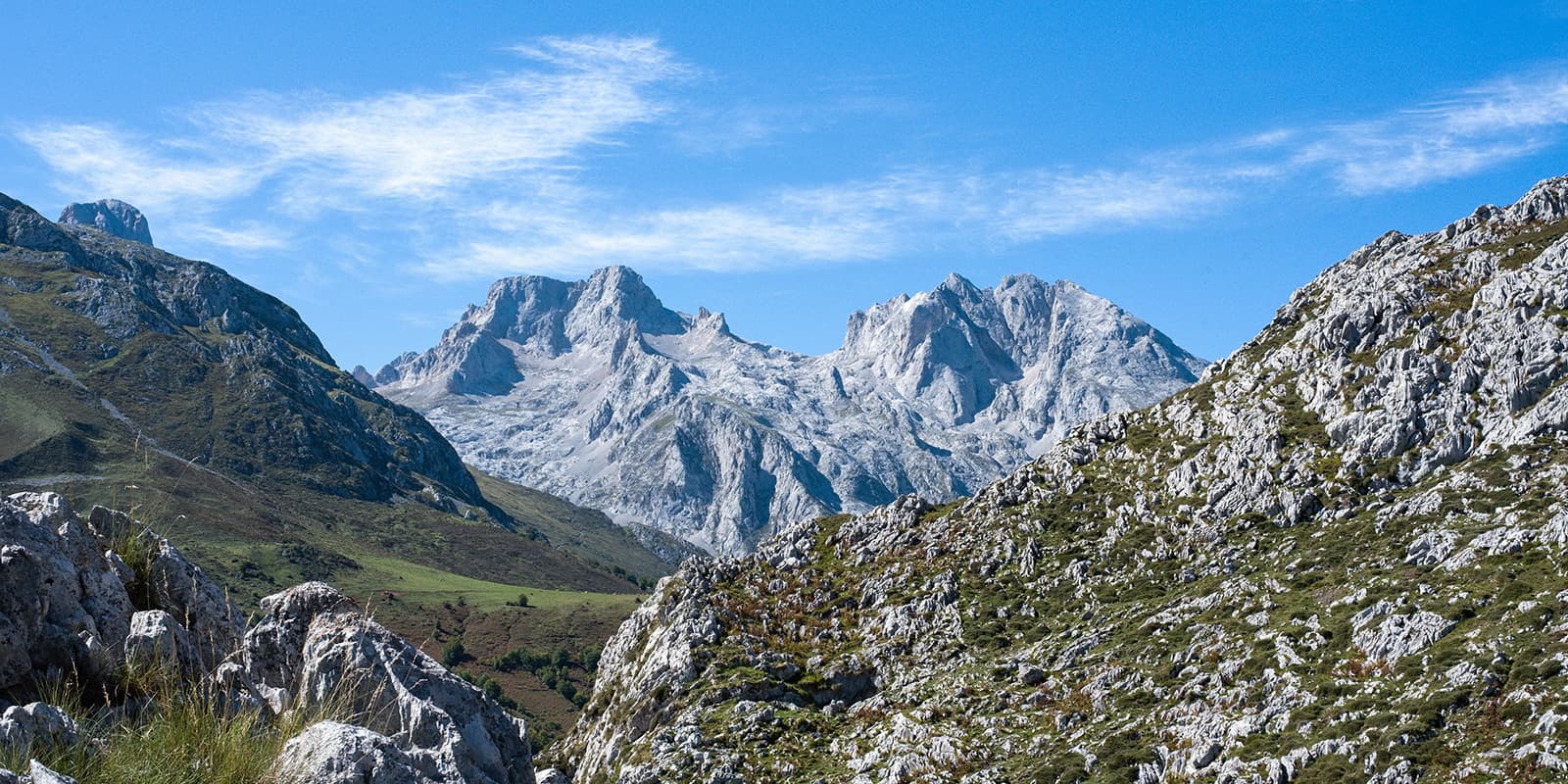First of all, the trail is notoriously wild and brutal. The sections are long and rugged, there are barely any trail towns or pit stops, and you will meet very few other hikers. Wildlife is another serious concern. Canada is home to many black bears and grizzly bears, so taking care of your food is something on top of the to-do list.
You’ll start on the Montana Border and hike to Waterton Lakes National Park in the first stage. You can expect relatively gentle terrain through rolling foothills and forests, with occasional river crossings. Keep your eyes peeled, there are a lot of wildlife sightings, especially elk and bears. You’ll pass through Cameron Lake, hop on the challenging Carthew-Alderson Trail, and see the undeveloped wilderness of the Castle Wildland Provincial Park.
Next, you’ll head from Waterton Lakes National Park to Kananaskis Country. Here, the trail difficulty picks up and there are many more ascents and descents, particularly around the High Rock Range. Water sources are generally reliable, but weather can be unpredictable, with the possibility of early snow in higher elevations. This section is less traveled, which means it will be even more of a solitary hiking experience.
From Kananaskis, you’ll head to Banff National Park. Banff is famous around the world for its iconic landscape, which makes this stage special. You’ll hike through the Spray Valley and Peter Lougheed Provincial Park, as well. Expect steep climbs, rocky terrain, and breathtaking views of peaks and alpine lakes. You’ll likely see a lot of wildlife in this section, especially grizzly bears and mountain goats. Hang your food and carry bear spray to be safe!
Next, you continue on to Yoho National Park. This stage has some of the most challenging terrain on the trail, including high mountain passes and glacier crossings. Luckily, you’ll have your trail legs by this point. Because you’re at a higher elevation, you’ll likely see more snowfields and experience more summer thunderstorms, so be cautious as you proceed and plan your days.
Finally, you’ll end in Kakwa. The final leg of the trail takes you through remote and rugged wilderness, with perfect forests and alpine tundra. This segment is known for its remoteness, with few services or amenities available along the trail. You’ll end at Kakwa Lake, the perfect place to take a dip after finishing your months on the trail.


